Hawzah News Agency – Islam is deeply woven into the fabric of the United States. It dates back to colonial America when Muslims arrived in slave ships from West Africa and quietly practiced their faith long before the establishment of the Constitution. Today, an estimated three to seven million American Muslims from a diverse swath of races, ethnicities, and socioeconomic backgrounds represent a growing minority in the U.S. Each subgroup—from African Americans to South Asian immigrants to newly resettled refugees from the Middle East—is defined by its own social and cultural history.
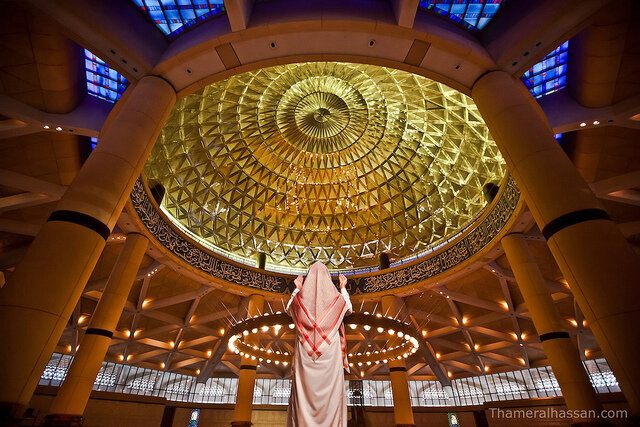
Ramadan, the ninth month of the Arabic lunar calendar, threads more than a billion Muslims around the world together under a common tradition. It is the most sacred time of year, believed to be when the first verses of the Koran were revealed to the Prophet Muhammad (PBUH) more than 1,400 years ago. According to Islamic texts, "When the month of Ramadan starts, the gates of heaven are opened and the gates of Hell are closed and the devils are chained."
Fasting during Ramadan is one of the fundamental tenets called the Five Pillars of Islam. Able-bodied Muslims abstain from food, drink, and sex from dawn to dusk—an exercise in physical, psychological, and spiritual discipline. The fast is a reminder of the fragility of human life; encourages compassion towards the poor; and is meant to foster a relationship with God in lieu of seeking bodily pleasures.
On a more symbolic level, some Muslims believe each day serves as a reminder of the brevity of life and a representation of its phases: Strength after the sunrise meal represents youth, weakness as the day wanes represents old age, and breaking fast at sunset represents paradise after death.
Those who cannot fast—the ill, pregnant, nursing, menstruating, children, and elderly—are encouraged to express their faith through charitable giving instead. Fasting is not exclusive to Islam, but also practiced in Judaism and Christianity within their own unique contexts.
Because the Arabic lunar calendar differs from the traditional Gregorian calendar, the dates of Ramadan and the length of the fast change every year. This year, U.S. Muslims fasted an average of 16 hours, while those in northern countries like Norway reached up to 20 hours.
The sighting of the new moon signals the end of Ramadan and the beginning of Eid al-Fitr, the three-day “feast of breaking fast”. Muslims from all walks of life congregate in mosques across the country to celebrate through almsgiving, prayer, gift exchange, and a fusion of cultural traditions. These rituals, as diverse as America itself, are a realization of the Founding Fathers’ visions of religious pluralism and tolerance that define the country.
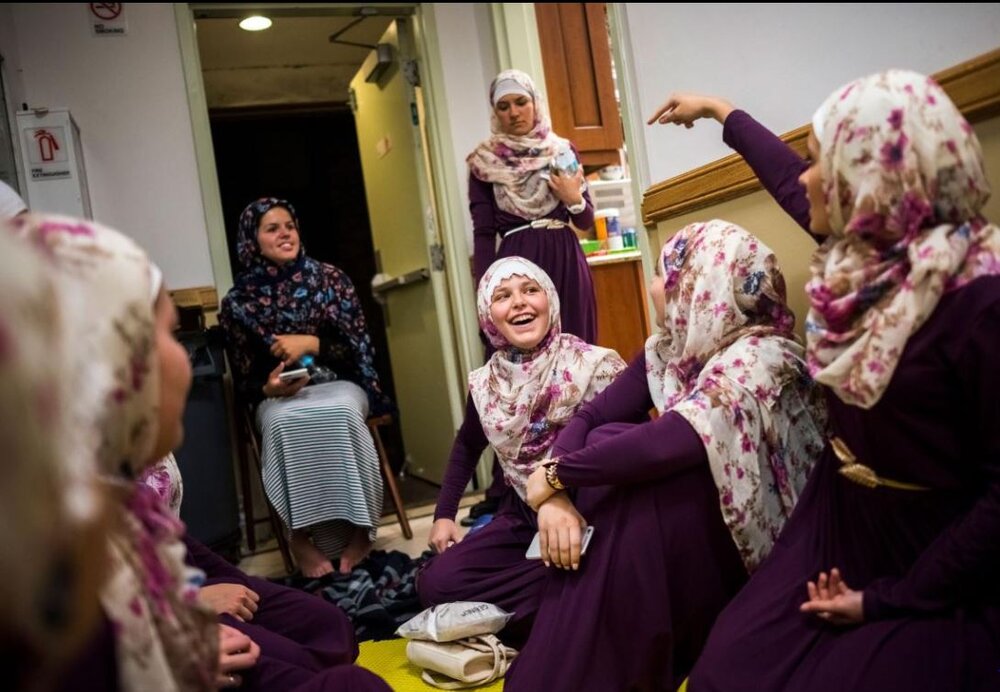

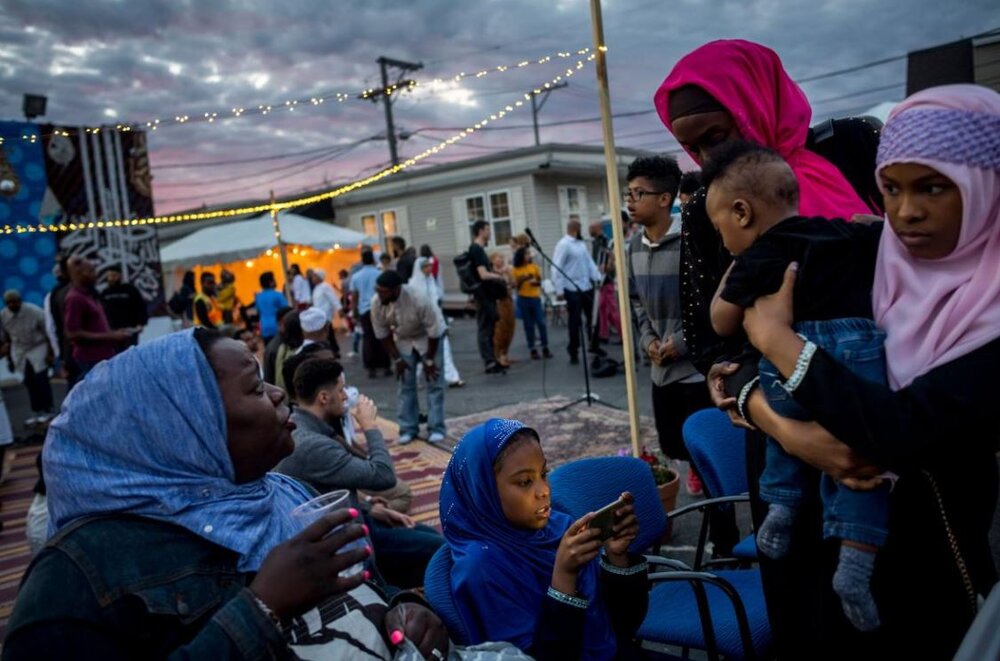
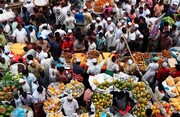


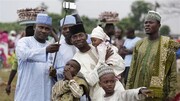

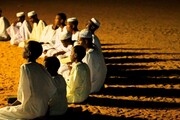
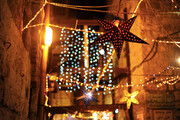

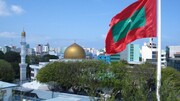
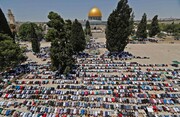




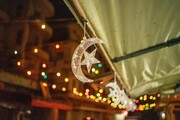

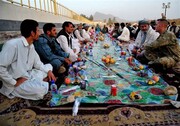






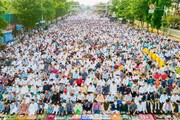
Your Comment